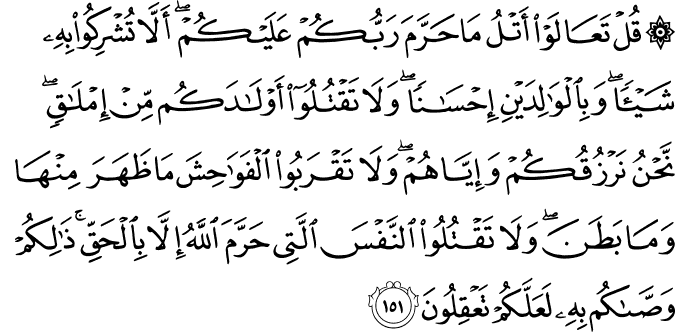In the Name of Allaah, the Most Compassionate, the All- Merciful…
Nutmeg ( جوزة الطيب ) is widely known to have intoxicating properties.
…Nutmeg’s intoxicating properties have long been known in Europe… it has been a substitute for other substances that for one reason or another were unavailable or unaffordable. Thus prisoners, soldiers, seamen and struggling musicians were among its users… In 1946, before his conversion to Islam, Malcolm X used nutmeg whilst in jail when his supplies of marijuana ran out. In his autobiography he wrote: ‘I first got high in Charlestown [prison] on nutmeg. My cellmate was among at least a hundred nutmeg men who, for money or cigarettes, bought from kitchen worker inmates penny matchboxes full of stolen nutmeg. I grabbed a box as though it were a pound of heavy drugs. Stirred into a glass of cold water, a penny matchbox full of nutmeg had the kick of three or four reefers.’ When the authorities became aware of such uses of nutmeg it was removed from many prison kitchens.
Source: http://www.moodfoods.com/nutmeg/index.html (Accessed Dec. 25, 2008)
Ahmad ibn Hajr al-Haytamee (d.974), the soofee ash’aree, however an authority on the Fiqh (legal rulings) of ash-Shaafi’ee according to his later followers, seems to have the most detailed information on the topic. Thus, his words and research on the matter are important, and our scholars have Continue reading

